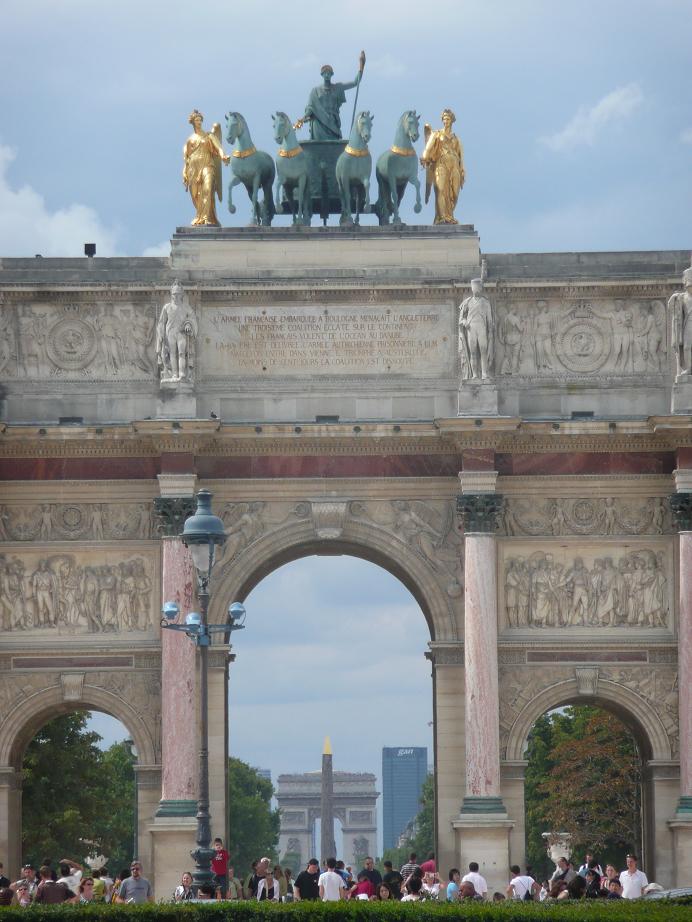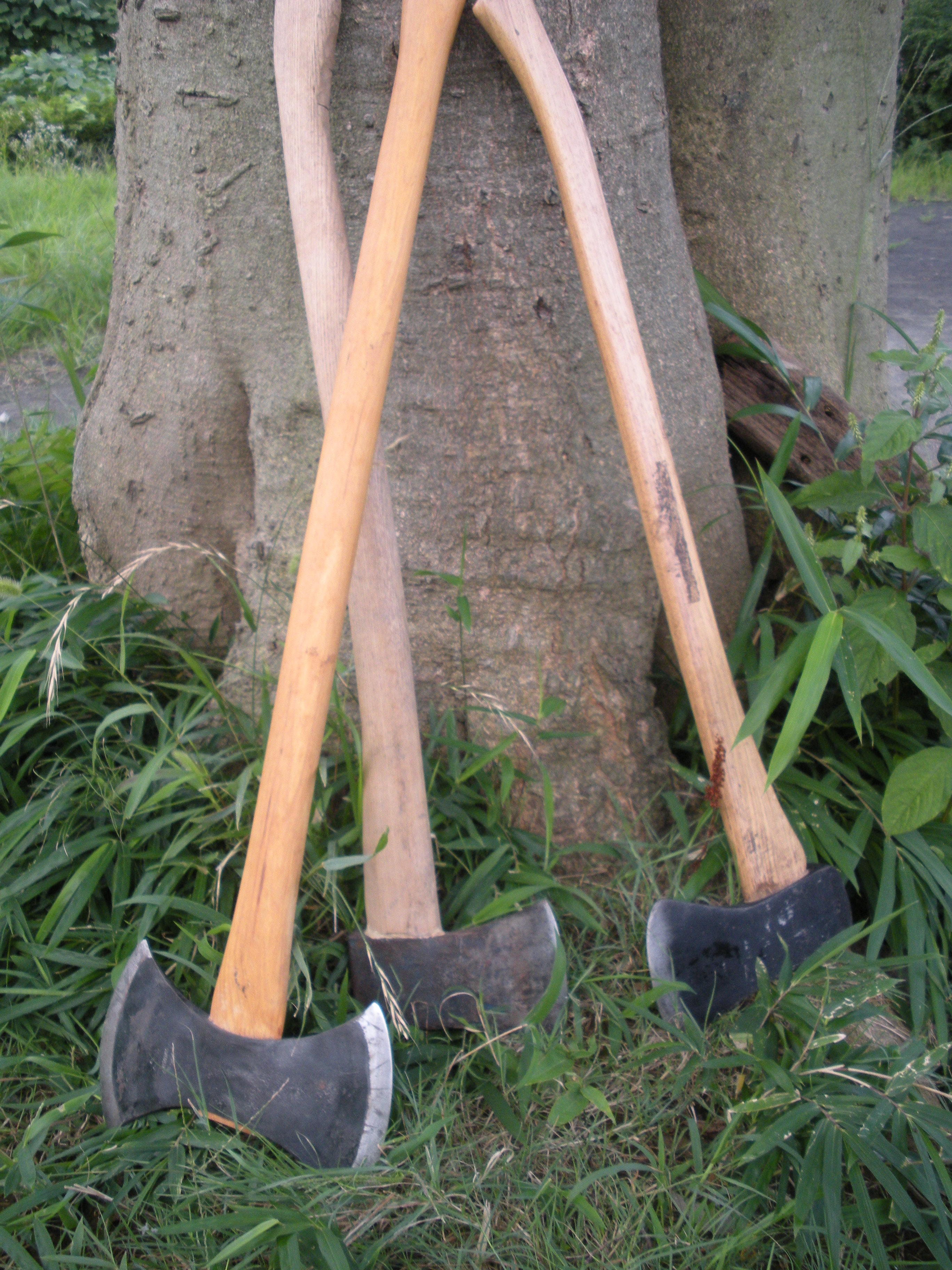|
Avenue Charles-de-Gaulle (Neuilly-sur-Seine)
Avenue Charles-de-Gaulle is an avenue in Neuilly-sur-Seine, Paris, France, named after Charles de Gaulle. The avenue forms part of the Route nationale 13. Until 1971, it was called Avenue de Neuilly, a rare case in France where the road bears the name of the commune in which it is found. Avenue Charles-de-Gaulle continues along Paris's axe historique, which stretches from the original Palais des Tuileries to Porte Maillot, and which finishes at Pont de Neuilly. It forms a segment of the axe majeur, which links Paris and La Défense. It is used by a daily flow of 160,000 vehicles. Since 1992, part of the avenue passed underground for , at the exit of Neuilly-sur-Seine. This was due to the completion of the couverture Madrid. References External links * 1971 establishments in France Avenues (landscape) in Paris Neuilly-sur-Seine {{Paris-geo-stub ... [...More Info...] [...Related Items...] OR: [Wikipedia] [Google] [Baidu] |
Neuilly-sur-Seine
Neuilly-sur-Seine (; literally 'Neuilly on Seine'), also known simply as Neuilly, is a commune in the department of Hauts-de-Seine in France, just west of Paris. Immediately adjacent to the city, the area is composed of mostly select residential neighbourhoods, as well as many corporate headquarters and a handful of foreign embassies. It is the wealthiest and most expensive suburb of Paris. Together with the 16th and 7th arrondissement of Paris, the town of Neuilly-sur-Seine forms the most affluent and prestigious residential area in the whole of France. It has the 2nd highest average household income in France, at €112,504 per year (in 2020). History Originally Pont de Neuilly was a small hamlet under the jurisdiction of Villiers, a larger settlement mentioned in medieval sources as early as 832 and now absorbed by the commune of Levallois-Perret. It was not until 1222 that the little settlement of Neuilly, established on the banks of the Seine, was mentioned for the first t ... [...More Info...] [...Related Items...] OR: [Wikipedia] [Google] [Baidu] |
Paris
Paris () is the capital and most populous city of France, with an estimated population of 2,165,423 residents in 2019 in an area of more than 105 km² (41 sq mi), making it the 30th most densely populated city in the world in 2020. Since the 17th century, Paris has been one of the world's major centres of finance, diplomacy, commerce, fashion, gastronomy, and science. For its leading role in the arts and sciences, as well as its very early system of street lighting, in the 19th century it became known as "the City of Light". Like London, prior to the Second World War, it was also sometimes called the capital of the world. The City of Paris is the centre of the Île-de-France region, or Paris Region, with an estimated population of 12,262,544 in 2019, or about 19% of the population of France, making the region France's primate city. The Paris Region had a GDP of €739 billion ($743 billion) in 2019, which is the highest in Europe. According to the Economist Intelli ... [...More Info...] [...Related Items...] OR: [Wikipedia] [Google] [Baidu] |
France
France (), officially the French Republic ( ), is a country primarily located in Western Europe. It also comprises of Overseas France, overseas regions and territories in the Americas and the Atlantic Ocean, Atlantic, Pacific Ocean, Pacific and Indian Oceans. Its Metropolitan France, metropolitan area extends from the Rhine to the Atlantic Ocean and from the Mediterranean Sea to the English Channel and the North Sea; overseas territories include French Guiana in South America, Saint Pierre and Miquelon in the North Atlantic, the French West Indies, and many islands in Oceania and the Indian Ocean. Due to its several coastal territories, France has the largest exclusive economic zone in the world. France borders Belgium, Luxembourg, Germany, Switzerland, Monaco, Italy, Andorra, and Spain in continental Europe, as well as the Kingdom of the Netherlands, Netherlands, Suriname, and Brazil in the Americas via its overseas territories in French Guiana and Saint Martin (island), ... [...More Info...] [...Related Items...] OR: [Wikipedia] [Google] [Baidu] |
Charles De Gaulle
Charles André Joseph Marie de Gaulle (; ; (commonly abbreviated as CDG) 22 November 18909 November 1970) was a French army officer and statesman who led Free France against Nazi Germany in World War II and chaired the Provisional Government of the French Republic from 1944 to 1946 in order to restore democracy in France. In 1958, he came out of retirement when appointed President of the Council of Ministers (Prime Minister) by President René Coty. He rewrote the Constitution of France and founded the Fifth Republic after approval by referendum. He was elected President of France later that year, a position to which he was reelected in 1965 and held until his resignation in 1969. Born in Lille, he graduated from Saint-Cyr in 1912. He was a decorated officer of the First World War, wounded several times and later taken prisoner at Verdun. During the interwar period, he advocated mobile armoured divisions. During the German invasion of May 1940, he led an armoured divisio ... [...More Info...] [...Related Items...] OR: [Wikipedia] [Google] [Baidu] |
Route Nationale 13
The N13 is a trunk road (route nationale) in France between Paris and Cherbourg. Route Paris to Évreux, km 0 to km 91 The road begins at Porte Maillot, one of former gates in western Paris, in direct alignment with the Champs-Élysées. Continuing on this alignment, the road reaches La Défense after crossing the Seine. Then, as the Boulevard circulaire, orbits around La Défense. To the west of La Défense, the A14 autoroute leaves Paris towards Orgeval and the A13 autoroute. Breaking from its previous straight course, the N13 follows the curves of the river Seine to reach Saint-Germain-en-Laye, passing Nanterre, Le Port-Marly on the way. Exiting Saint-Germain-en-Laye and Chambourcy, the N13 resumes a linear course towards Normandy, crossing the A13 autoroute at Orgeval. The road heads West through Aubergenville and Mantes-la-Jolie. At Bonnières-sur-Seine the N 15 to Le Havre branches off North-West while the N 13 heads West. The road crosses the A13 again through roll ... [...More Info...] [...Related Items...] OR: [Wikipedia] [Google] [Baidu] |
Axe Historique
The ''Axe historique'' (; "historical axis") is a line of monuments, buildings, and thoroughfares that extends from the centre of Paris, France, to the west. It is also known as the ''Voie Triomphale'' (; "triumphal way"). The Axe Historique began with the creation of the Champs-Élysées, designed in the 17th century to create a vista to the west, extending the central axis of the gardens to the royal Palace of the Tuileries. Today the Tuileries Gardens (''Jardins des Tuileries'') remain, preserving their wide central pathway, though the palace was burned down during the Paris Commune, 1871. Between the Tuileries gardens and the Champs Élysées extension a jumble of buildings remained on the site of Place de la Concorde until early in the reign of Louis XV, for whom the square was at first named. Then the garden axis could open through a grand gateway into the new royal square. To the east, the Tuileries Palace faced an open square, the Place du Carrousel. There, by order ... [...More Info...] [...Related Items...] OR: [Wikipedia] [Google] [Baidu] |
Palais Des Tuileries
The Tuileries Palace (french: Palais des Tuileries, ) was a royal and imperial palace in Paris which stood on the Rive Droite, right bank of the River Seine, directly in front of the Louvre. It was the usual Parisian residence of most List of French monarchs, French monarchs, from Henry IV of France, Henry IV to Napoleon III, until it was burned by the Paris Commune in 1871. Built in 1564, it was gradually extended until it closed off the western end of the Louvre Palace, Louvre courtyard and displayed an immense façade of 266 metres. Since the destruction of the Tuileries, the Louvre courtyard has remained open and the site is now the location of the eastern end of the Tuileries Garden, forming Tuileries Garden#Terrasse, an elevated terrace between the Place du Carrousel and the gardens proper. History Plan of Catherine de Medici (16th C.) The site of the Tuileries palace was originally just outside the walls of the city, in an area frequently flooded by the Seine as far ... [...More Info...] [...Related Items...] OR: [Wikipedia] [Google] [Baidu] |
Porte Maillot
The Porte Maillot (also known as the porte Mahiaulx, Mahiau or Mahiot after a Paille-maille court, or the Porte de Neuilly Alfred Fierro, ''Histoire et dictionnaire de Paris'', Robert Laffont, 1580 pages, 1996 ; page 848 : "the porte de Neuilly is also called the porte Maillot") is one of the access points into Paris mentioned in 1860 and one of the ancient city gates in the Thiers wall. It was on the boundary between the 16th and the 17th arrondissements, at the junction of the avenue de la Grande-Armée Avenue or Avenues may refer to: Roads * Avenue (landscape), traditionally a straight path or road with a line of trees, in the shifted sense a tree line itself, or some of boulevards (also without trees) * Avenue Road, Bangalore * Avenue Road, Lon ..., the boulevard de l’Amiral-Bruix and the boulevard Gouvion-Saint-Cyr. It gives its name to the Neuilly – Porte Maillot railway station and Porte Maillot metro station. References {{coord, 48, 52, 40, N, 02, 16 ... [...More Info...] [...Related Items...] OR: [Wikipedia] [Google] [Baidu] |
Pont De Neuilly
The Pont de Neuilly (English: Bridge of Neuilly) is a road and rail bridge carrying the Route nationale 13 (N13) and Paris Métro Line 1 which crosses the Seine between the right bank of Neuilly-sur-Seine and Courbevoie and Puteaux on the left bank in the department of Hauts-de-Seine. It faces the headquarters of La Défense and is aligned on the Axe historique of Paris. History The first bridge on the site was in wood, built after the fall of Henry IV and Marie de Médicis's carriage in June 1606. The second was a 219m-long five-arched structure built in 1774 by Jean-Rodolphe Perronet, founder of the École des ponts et chaussées (a stone statue of him is now at the foot of the bridge, at the west point of the Île de Puteaux). The second bridge was demolished between 1936 and 1942 and replaced in 1942 with a metal bridge by Louis-Alexandre Lévy and the Daydé company. In 1992, its pedestrian sidewalks were narrowed to allow Line 1 to be added to the bridge and the bridge ga ... [...More Info...] [...Related Items...] OR: [Wikipedia] [Google] [Baidu] |
Axe Majeur
An axe ( sometimes ax in American English; see spelling differences) is an implement that has been used for millennia to shape, split and cut wood, to harvest timber, as a weapon, and as a ceremonial or heraldic symbol. The axe has many forms and specialised uses but generally consists of an axe head with a handle, or ''helve''. Before the modern axe, the stone-age hand axe without a handle was used from 1.5 million years BP. Hafted axes (those with a handle) date only from 6000 BC. The earliest examples of handled axes have heads of stone with some form of wooden handle attached ( hafted) in a method to suit the available materials and use. Axes made of copper, bronze, iron and steel appeared as these technologies developed. The axe is an example of a simple machine, as it is a type of wedge, or dual inclined plane. This reduces the effort needed by the wood chopper. It splits the wood into two parts by the pressure concentration at the blade. The handle of the axe also ... [...More Info...] [...Related Items...] OR: [Wikipedia] [Google] [Baidu] |






